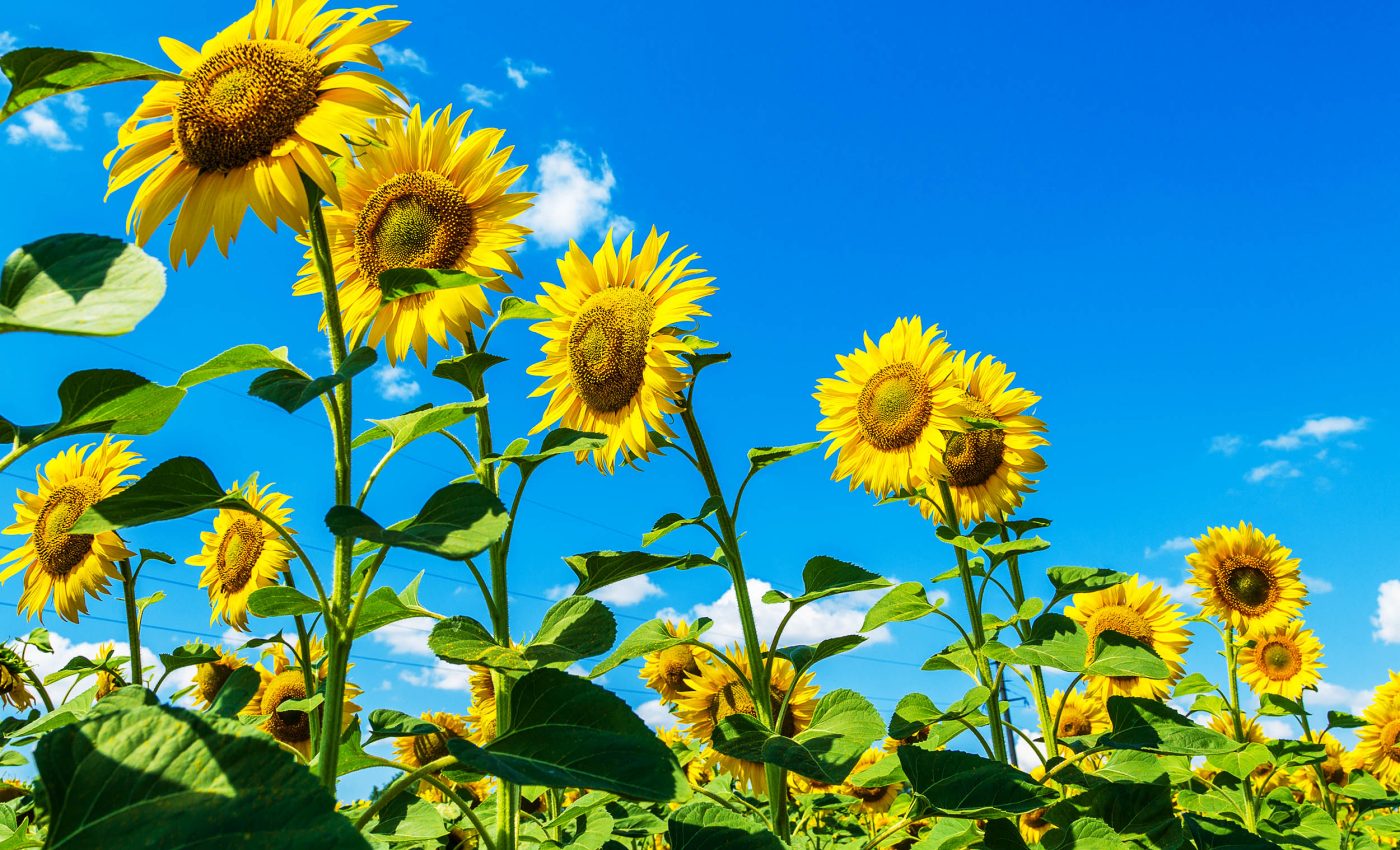
Plants purposefully move and alter growth direction to help their neighbors
Unless you’re a plant whisperer, you probably think of plants as quite docile, silently swaying to the rhythm of the wind and the light. They seem to exist in a tranquil state, absorbing sunlight and transforming carbon dioxide into oxygen without a care in the world.
However, science sometimes serves a reality check that sparks our curiosity and reveals the hidden complexities of plant life.
For instance, did you know that plants can communicate with each other through intricate root networks or even release chemicals to warn nearby plants of potential threats? These fascinating behaviors remind us that there’s much more to plants than meets the eye.
A recent study spearheaded by Prof. Yasmine Meroz from Tel Aviv University’s School of Plant Sciences and Food Security, in partnership with Prof. Orit Peleg from the University of Colorado, Boulder, does just that.
Plants seek the light
This fascinating research unfolds the hidden dance of sunflowers, revealing the intricate behaviors that occur when they grow in close proximity.
Sunflowers and other plants, when densely packed in a field, engage in a synchronized ballet that optimizes their growth and maximizes their exposure to sunlight.
But how do they achieve this remarkable coordination, you ask? It’s all about thriving amidst the competition for resources, not merely surviving.
By adjusting their angles and orientations in response to the light and each other, sunflowers ensure that they all receive an adequate share of sunlight, nutrients, and water.
This fascinating interplay allows them to flourish together rather than compete harshly against one another.
Inspired by Charles Darwin
Sunflowers, in their quest for sunlight, display a behavior called “circumnutation”. This fancy word essentially describes the cyclical movement of sunflowers, a clever tactic to avoid casting shadows on their comrades.
The result? A coordinated dance ensuring every sunflower enjoys its fair share of sunlight, even in a densely populated field.
Interestingly, this intriguing phenomenon isn’t a new discovery. The scientific maestro, Charles Darwin, had observed this behavior in plants. But what he couldn’t figure out was the functional role of these movements.
Our research team, including Dr. Chantal Nguyen from Boulder and Roni Kempinski and Imri Dromi from Tel Aviv University, took on this mystery.
When plants move, it’s not random
“Why would a plant expend energy to move in seemingly random directions?” This thought-provoking question sparked Prof. Meroz’s team to undertake a rigorous physical analysis of sunflower growth.
To explore this phenomenon in depth, they utilized time-lapse photography in a meticulously controlled, high-density environment, allowing them to closely observe the sunflowers’ performance over time.
Their detailed observations revealed that the sunflowers’ movements are not random at all; rather, they are a vital growth strategy.
By adjusting their positions, the plants minimize mutual shading, ensuring that each sunflower receives optimal sunlight for photosynthesis.
Searching for the light
All plants are known to grow towards light sources, a phenomenon known as phototropism. That’s nothing new. However, this research offered a twist to this tale.
They found that sunflowers engage in random movements, not triggered by external stimuli like light. Surprisingly, these random steps varied significantly in size and frequency but played a vital role in optimizing sunflower growth.
“The sunflower plant takes advantage of the fact that it can use both small and slow steps as well as large and fast ones to find the optimum arrangement for the collective,” Professor Moroz explained.
“If the range of steps was smaller or larger, the arrangement would result in more mutual shading and less photosynthesis.”
Plants, light, and purposeful movement
The team’s discovery showcases the advanced adaptive strategies that plants employ, using both random and responsive movements to ensure survival.
It also opens up new possibilities to explore this behavior in other plants and understand the importance of collective dynamics in nature. As animals do, plants too can significantly benefit from group strategies.
As we widen our exploration into the secret lives of plants, we are amazed by the intricate ways nature operates.
This research could lead to new planting techniques, potentially enhancing crop yields while reducing usage of resources like water and fertilizers.
So next time you cross a field of sunflowers, remember, they aren’t just standing there; they are performing a riveting ballet in the play of light and shadow.
The full study was published in the journal Physical Review X.
—–
Like what you read? Subscribe to our newsletter for engaging articles, exclusive content, and the latest updates.
Check us out on EarthSnap, a free app brought to you by Eric Ralls and Earth.com.
—–













